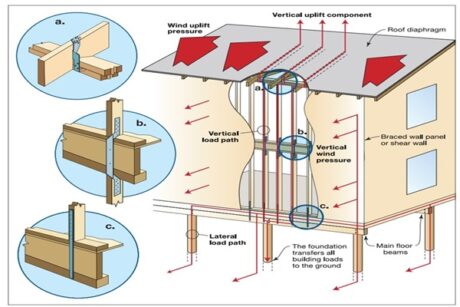- Course No.: E – 2003
- PDH Units: 2
No data found for Custom Course Number
No data found for Custom Course Units
Intended Audience: Civil & Structure Engineers.
PDH UNITS: 2
Movable bridges are designed and constructed to change its position and occasionally its shapes to permit the passage of vessels and boats in the waterway. This type of bridge is generally cost effective since the utilization of long approaches and high piers are not required. When the waterway is opened to vessels and ships, traffics over the bridge would be stopped and vice-versa. There are different types of movable bridges and many of them are not construct nowadays while some of them are still considered as a movable bridge. Different types of movable bridges which are still desirable and applicable are discussed in this course. The objective of this course is to assist a licensed design professional, forensic structural engineers, consulting engineers or/and a licensed general contractor to deeply know, and understand all aspects related to the structural analysis and design of movable bridges.
Learning Objectives
At the successful conclusion of this course, you’ll be able to identify and discuss:- Icons movable bridges around the world
- Types of movable bridges in details
- Advantages & disadvantages of each type
- Structural analysis & design of movable bridge
- Design criteria
- Standards and specifications
- Constructive materials
- Balance
- Geometry of superstructure forms
- Properties of superstructure forms
- Structural behavior and load paths
- Important design aspects that need to be considered account.
Once completed, your order and certificate of completion will be available in your profile when you’re logged in to the site.










